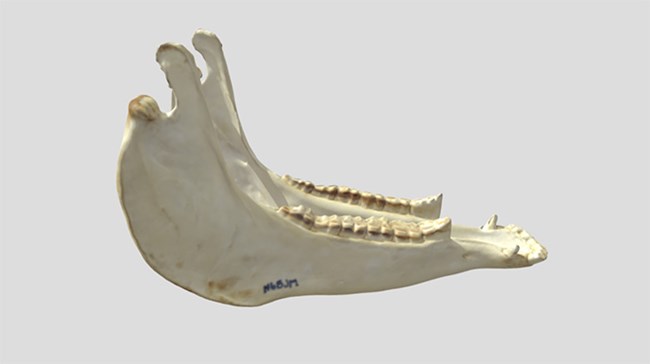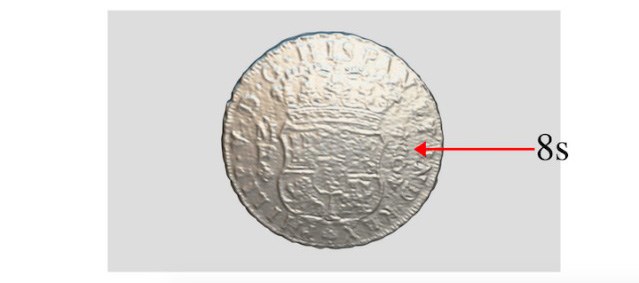Unable to visit Assateague for a field trip? Check out these lesson plans to bring Assateague into your classroom!
Virginia Commonwealth University Horse Teeth and DietGrade Level: Upper Elementary (Third Grade through Fifth Grade)What can tooth morphology tell us about a horse? Horses generally have between 36-44 teeth, all shaped for different purposes. Horses are primarily herbivores, meaning they eat plants. They can graze for up to 15-17 hours a day. Horses' incisors (and canines, in male horses) cut plants. Their premolars and molars grind the food before it is swallowed. Over time, eating plants leaves wear patterns on horses' teeth. Grazing continually grinds down the teeth. Over a horse's lifetime, teeth continue to erupt from their jaws to stay at the same height, until no tooth is left. If the animal lives to an old age, the remains of the tooth fall out. Because diet and tooth wear are directly correlated, scientists (such as archeologists, biologists, and zoologists) can tell a lot about a horse's diet and lifestyle just by looking at their teeth. They can learn about the kinds of plants available, the age of the animal, sex, overall health, and other characteristics. This information helps scientists to understand the ecosystems in which horses lived with people at various points in time. The 3d models of teeth from the Assateague Island horses should be referenced throughout this lesson. View the full lesson plan here. 
Virginia Commonwealth University Learning from Spanish CoinsGrade Level: Upper Elementary (Third Grade through Fifth Grade)How do archeologists use coins to date a site? In 1705, a Spanish ship named La Galga wrecked off the coast of Virginia on its way to Spain from Havana, Cuba. In 1802, another ship, Juno, wrecked on its return to Spain from Veracruz, Mexico. Today, the shipwrecks lie off Assateague Island National Seashore. Students will use 3D replicas of coins associated with La Galga and Juno to learn relative dating, a method for dating sites that is important for archeologists to know. Dating an archeological site means using evidence to determine historical events, for example, when a ship sank. View the full lesson plan here. |
Last updated: April 6, 2022
